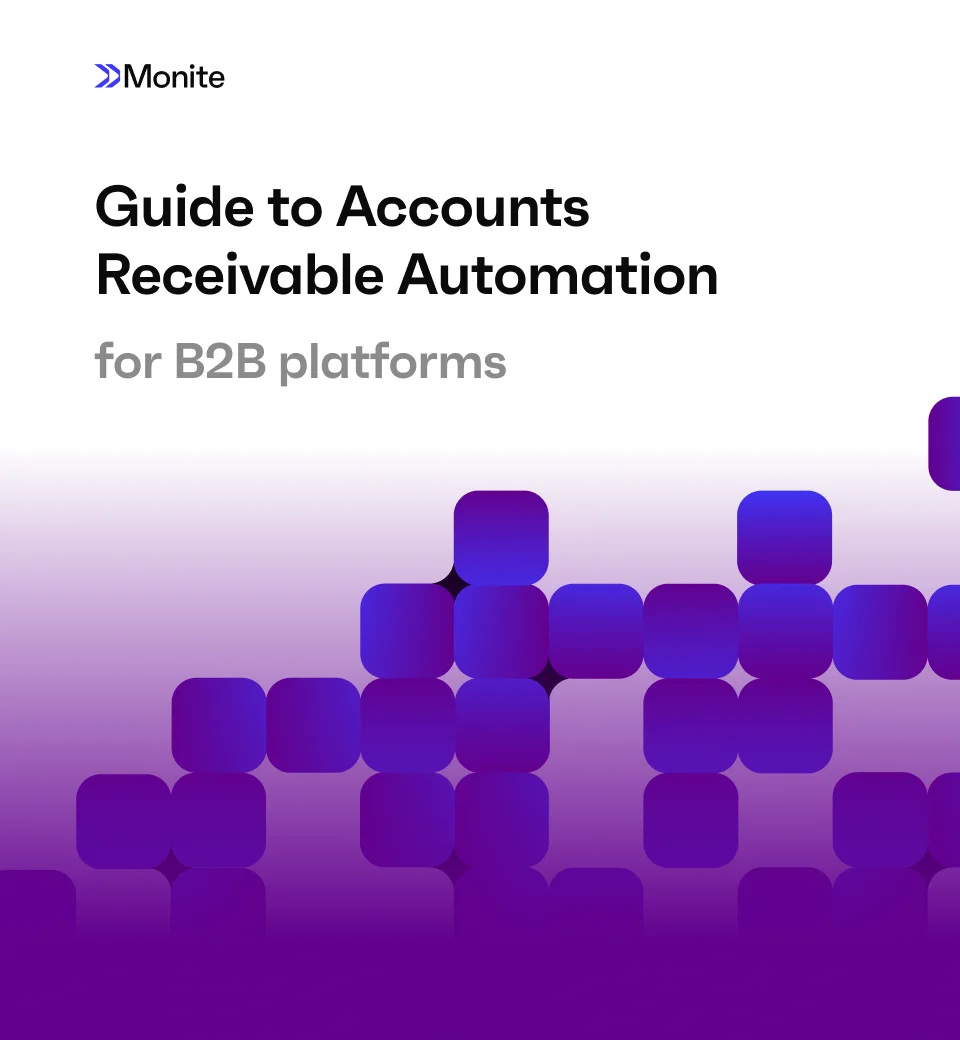At first glance Monite Invoice API may look similar to the Invoice APIs PayPal and Stripe offer. However, there are not many similarities beyond being able to issue and send compliant invoices. Where PayPal Invoice API works best for small or new businesses that are just getting started, Monite Invoicing API is a solution geared primarily towards neobanks and fintech platforms. This is an important distinction to make, as, unlike Paypal Invoice API, Monite Invoice API can be monetized by platforms in a SaaS fashion.
A brief introduction to PayPal Invoice API
The PayPal Invoice API enables users to submit payment requests to clients using a customizable template, as well as track customer payment status and client interaction histories, and accept payments by credit and debit card, bank transfer, and mobile wallet.
Just like most of its competitors, PayPal Invoice API – which can be integrated across a variety of online applications – helps companies to automate their invoicing workflows by allowing them to take care of routine tasks like payment reconciliation and invoice collection.
Here is how it works. When a company or individual sends an invoice to a customer, it moves from draft to payable state. At that point, PayPal will email the customer a link to the invoice on the PayPal website. All the customer has to do is log in and pay the invoice with PayPal.
Who is PayPal Invoice API for?
As we’ve already mentioned, the PayPal Invoice API is best suited to small and new businesses, as well as freelancers and entrepreneurs. This is, in part, because it’s easy to set up and does not require users to sign any contracts or have much in the way of technical knowledge.
Similarly to Stripe and other direct competitors, PayPal is a popular choice among companies that only seek to issue compliant invoices or build a checkout process that’s convenient to their customers.
How is Monite’s Invoice API different from PayPal’s?
The key difference between the invoicing APIs of Monite and PayPal is that Monite is tailored specially to neobanks, fintechs, B2B SaaS companies, and other platforms. It also offers comprehensive, embedded Accounts Receivable automation, which allows platforms to provide their clients with extended AR functionality.
Furthermore, unlike PayPal, Monite has a team focused almost exclusively on the development of cutting-edge headless AR and AP automation solutions. This means that Monite can offer products of unmatched quality to platforms, enabling them to unlock additional revenue streams by providing their customers with exclusive functionalities.
What does Monite Invoice API offer?
Monite Invoice API covers a wider range of functionalities than PayPal’s. These include:
- Issuing and sending offers and quotes;
- Reconciling payments;
- Making custom-designed invoices with payments links;
- Sending compliant follow-ups;
- Exporting payments data to accounting systems;
- And more.
Monite Invoice API also offers multi-rail Open Banking solutions and supports foreign transfers.
How can platforms make money with Monite Invoice API?
Monite Invoice API brings convenience and hassle-free invoicing options to clients of neobanks that integrate it. They can issue and manage all invoices without leaving the platform to access a separate app that they would otherwise use for invoicing.
Now, how can platforms monetize this feature?
Here you have two complementary options: charging a monthly SaaS fee, or taking a commission on invoice payments. You can get a rough estimation oFor your convenience, you can get a rough estimation on how much you can potentially make in processing and subscription fees here.
If you have any other questions, please explore our blog or get in touch with us for a demo today!


